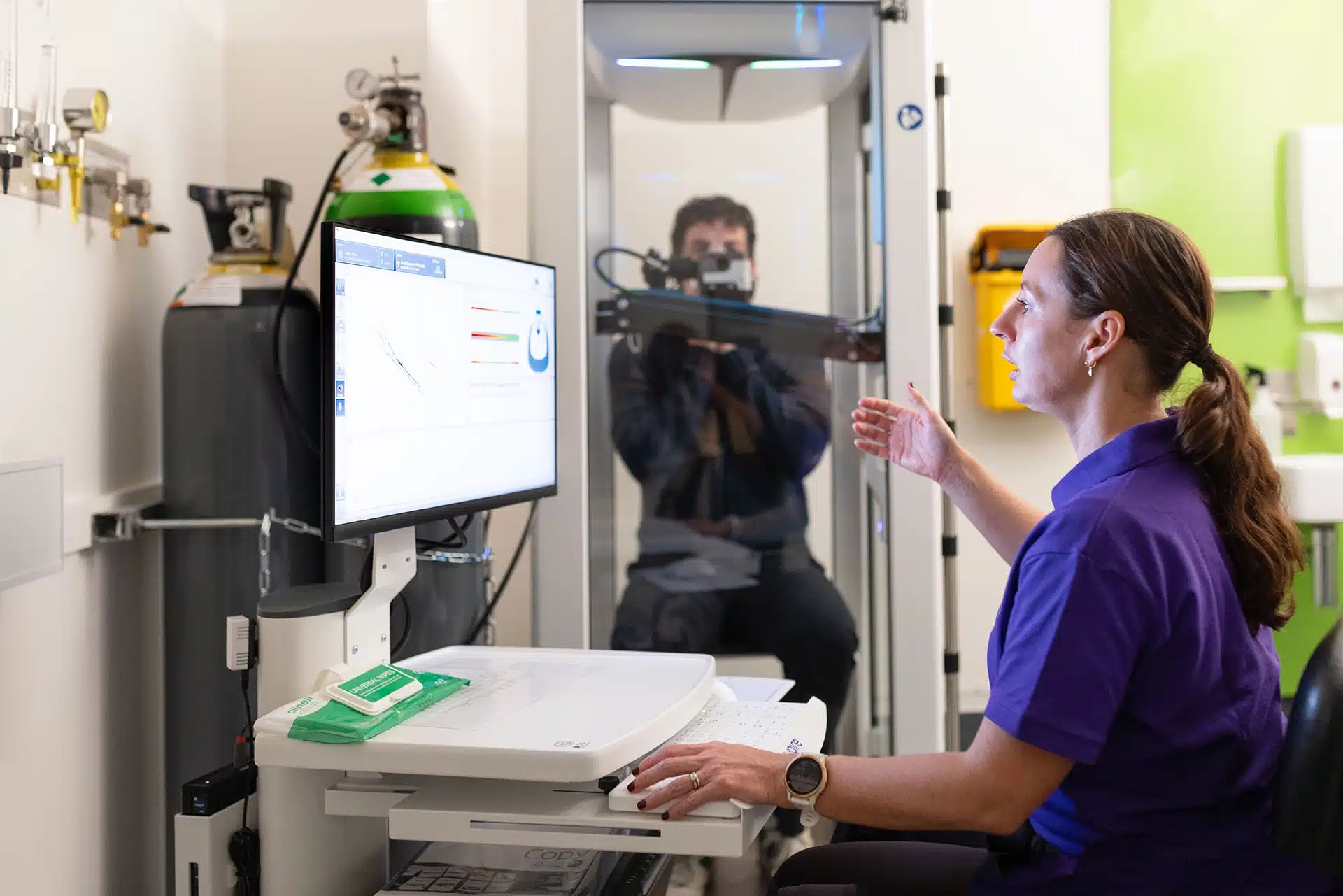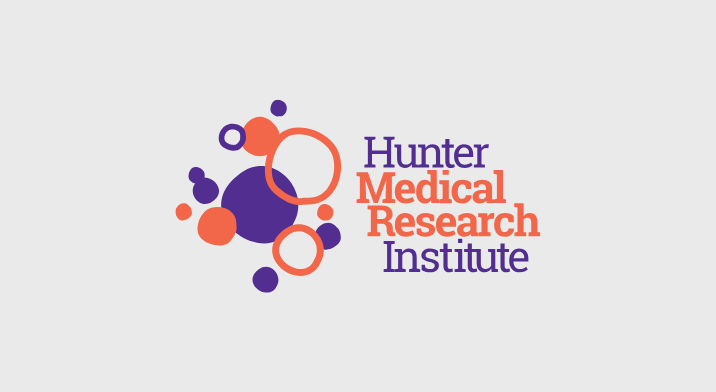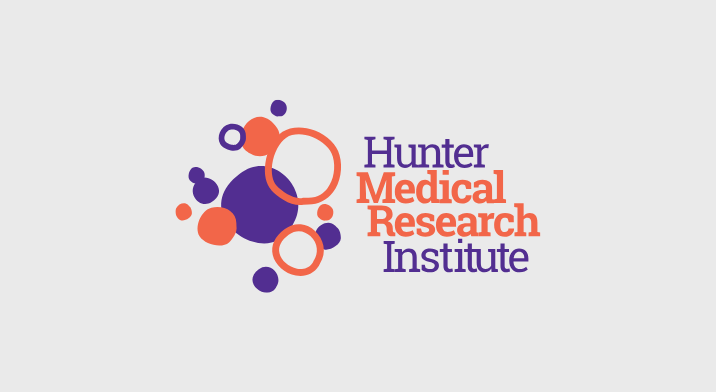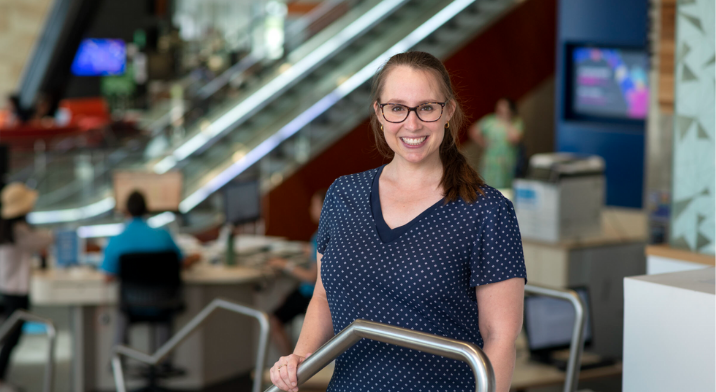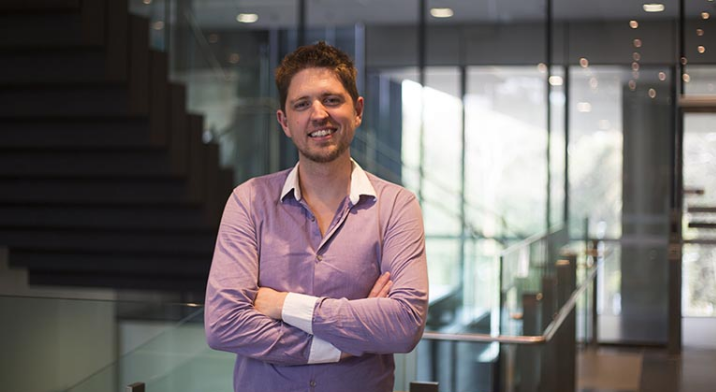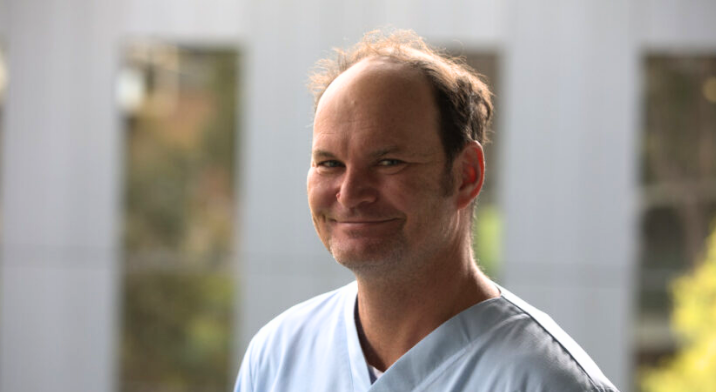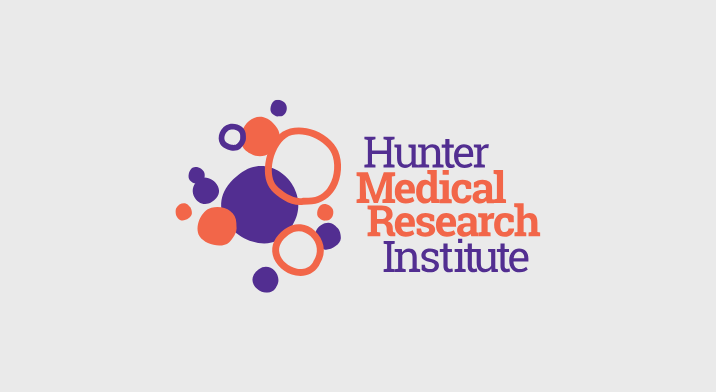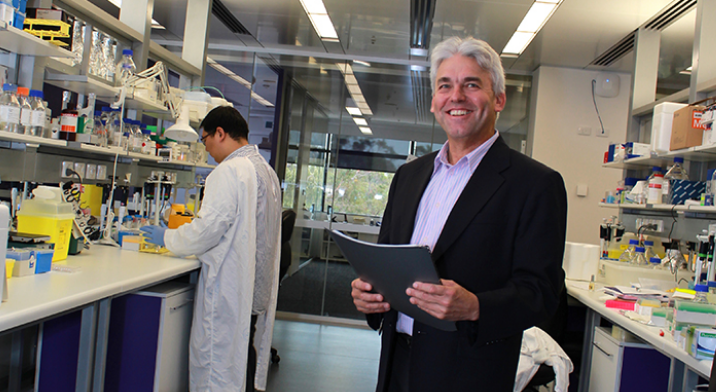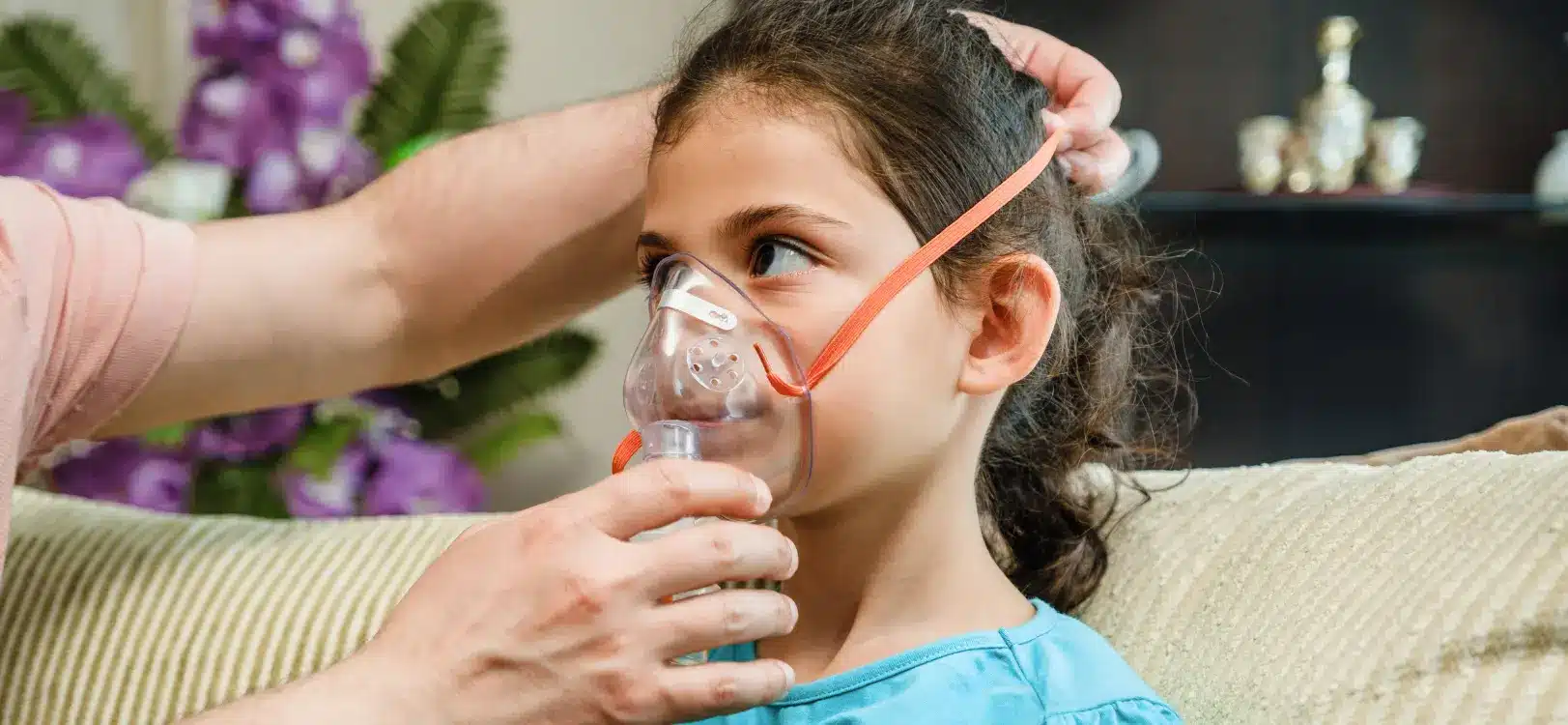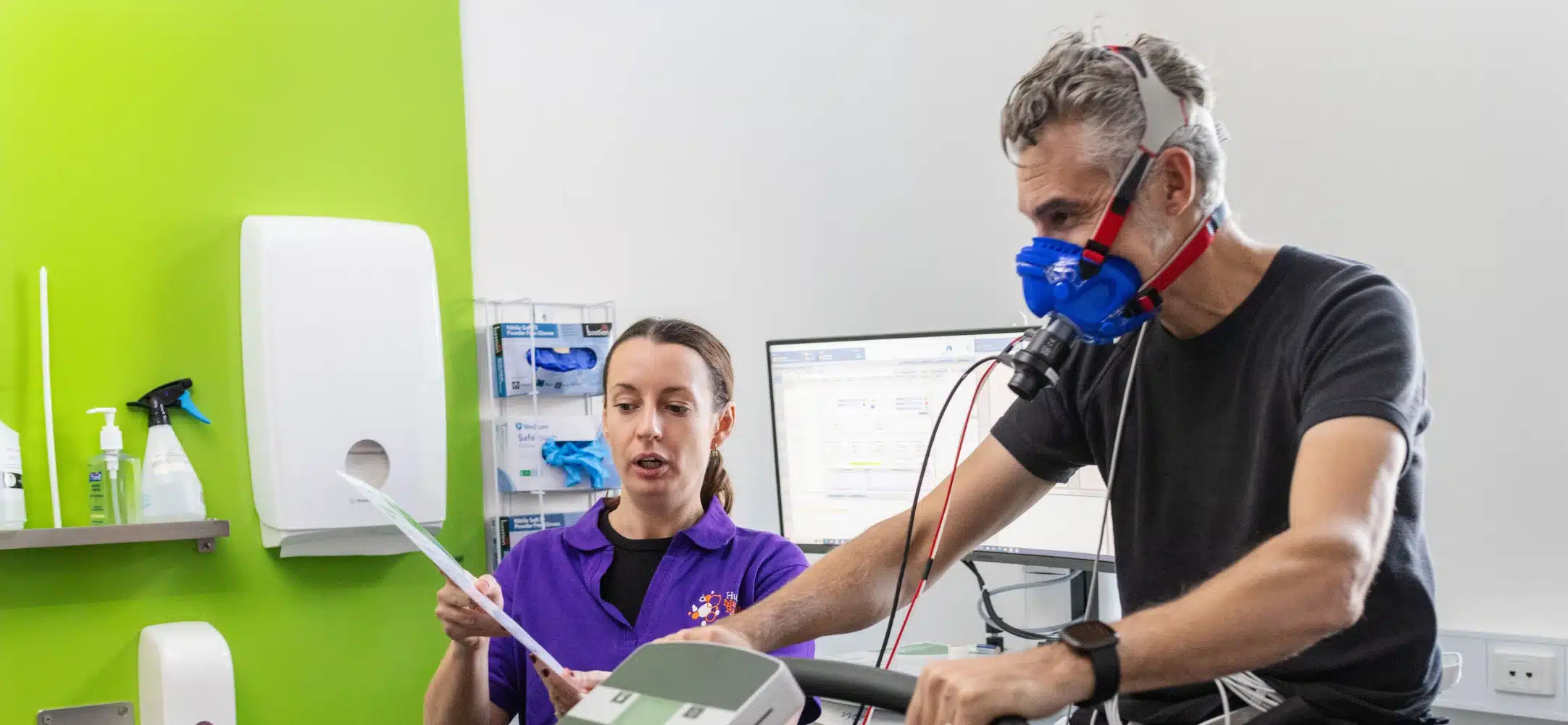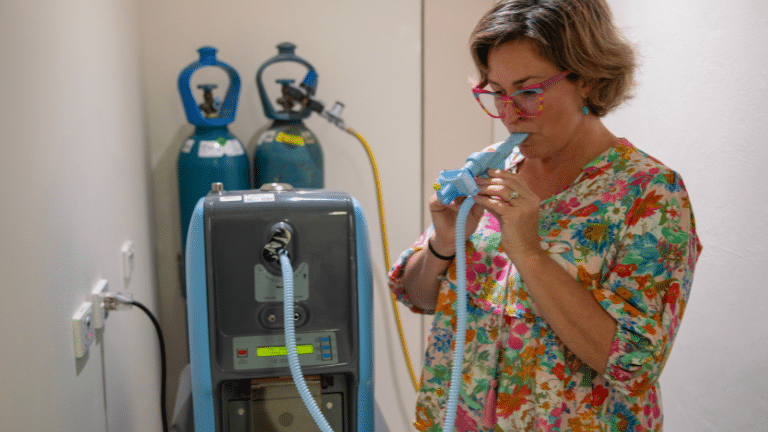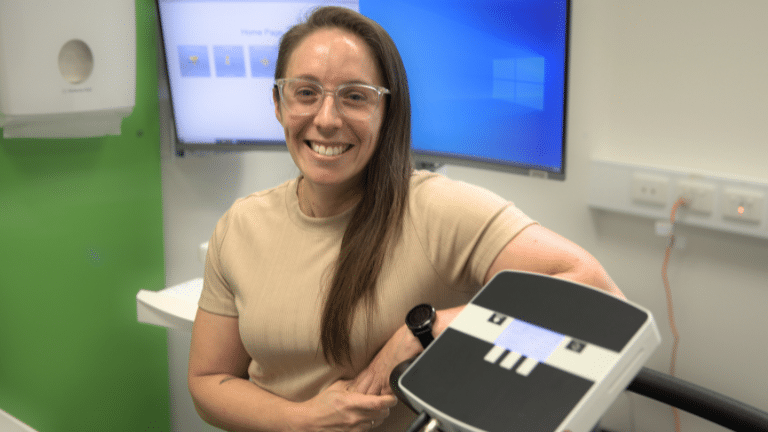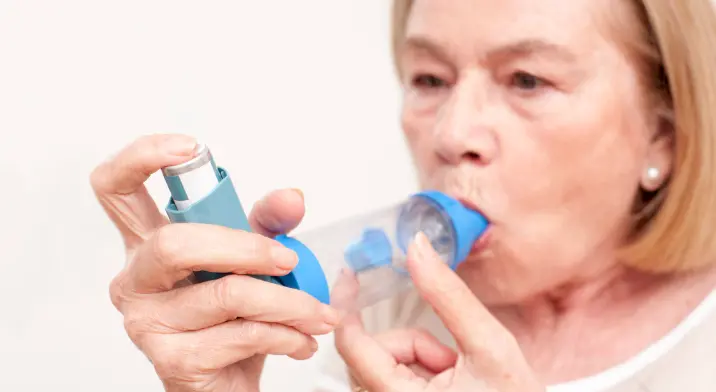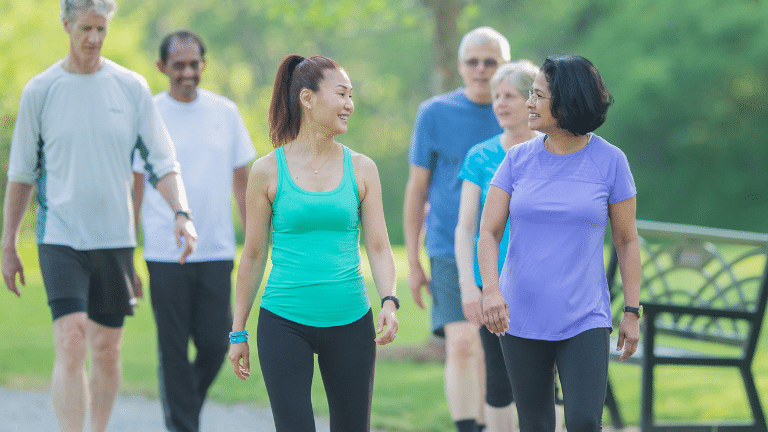Hunter Medical Research Institute’s Asthma and Breathing Research Program is dedicated to researching, understanding and revolutionising healthcare for people with respiratory health issues across the lifespan.
Our broad research targets various conditions affecting the entire respiratory system, across the lifespan including the upper, middle, and lower airways, as well as the lungs.
Our research tackles various respiratory health challenges including:
- asthma
- chronic obstructive pulmonary disease (COPD)
- vocal cord dysfunction
- nose and upper airway disorders
- sleep disorders, sleep quality and obstructive sleep apnoea
- pleural disease
- interstitial lung diseases
- airway infections and allergies
Chronic diseases of the airways are extremely common in Australia. In fact, the prevalence of asthma in Australia is among the highest in the world. Closer to home, in the Hunter New England region, our rates of asthma are even higher, particularly in children.
8.5M +
AUSTRALIANS ARE LIVING WITH A CHRONIC RESPIRATORY CONDITION
1 IN 10
AUSTRALIANS HAVE ASTHMA
50,000+
EMERGENCY DEPARTMENT VISITS EVERY YEAR ARE DUE TO ASTHMA
While breathing conditions are extremely common in Australia, these conditions are frequently incorrectly diagnosed and under-treated.
This can lead to many problems including decreased quality of life, side effects due to incorrect treatment, and little to no symptom relief. Understandably, these symptoms can also cause increased stress.
People with under-treated asthma can experience sleep disturbance, tiredness and poor concentration. In severe cases, some respiratory conditions can lead to death.
If symptoms are severe, people with respiratory conditions may need to be admitted to hospital. Unscheduled hospital visits or healthcare presentations are more common for those with an undiagnosed or under-treated breathing condition. This puts additional strain on our stretched healthcare system.
Ultimately, breathing conditions are not being diagnosed and treated properly. Our research aims to change that.
Addressing the root causes of respiratory diseases
Lung diseases − such as asthma and COPD – develop as a result of abnormal functioning of the lung. This starts early in life, even before the first breath is taken.
There have been many research discoveries into the causes and triggers of respiratory diseases. Many factors have been linked to an increased risk of developing asthma including:
- exposure to air pollution including cigarette and bushfire smoke
- asthma during pregnancy
- preterm birth
- genetics
However, there are still gaps in our knowledge. Our researchers are following three large birth cohorts to understand, prevent and treat what interferes with normal lung function and enhance health outcomes for people affected by these conditions.
Treatable traits and targeted therapies
Our Asthma and Breathing Research Program aims to improve asthma outcomes for all people using individualised therapies.
The concept of ‘treatable traits’ recognises that not all people with respiratory disease are the same and one treatment won’t work the same for everyone.
The cornerstone of asthma treatment is through the use of inhalers (bronchodilators and corticosteroids). However, not all people with asthma can control symptoms and attacks with inhalers.
By assessing identified individual ‘traits’, we can develop personalised treatments. This means inhalers can be given to people who will benefit from them the most and new treatments can be developed for people whose disease cannot be adequately controlled with existing treatments.
Our researchers work across a range of other areas and projects all with a common goal: better breathing for all.
